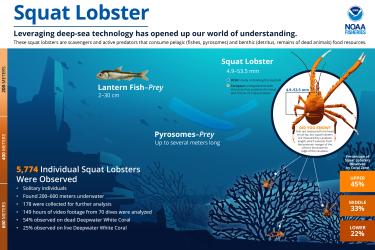Reducing Bycatch in Fisheries
We work with the fishing industry and our other partners to develop regulations and fishing gear modifications to reduce bycatch of sea turtles, marine mammals, sea birds, and non-target fish.
This collaborative work is conducted through gear research in our Bycatch Reduction Engineering Program and stakeholder-based processes such as our Marine Mammal Take Reduction Program, which helps reduce incidental serious injury or mortality of marine mammals from commercial fishing
Our ability to reduce bycatch depends on data collected by our National Observer Program. Fisheries observers track where, when, and how many protected species become hooked or entangled in fishing gear. Once bycatch reduction measures are implemented, observers also help to monitor their success.
What different gear types do fishermen use?
Gear types are listed below by broad category. They are not intended to be specific to regional fishing practices. Click each gear type for more information on how it works, where it is used, and the associated risks to protected species and non-target fish.
-
Buoy gear
-
Green sticks
-
Hook and line
Turtle Excluder Devices in Trawl Fisheries
Sea turtle mortality in trawl gear was once very high. Turtle excluder devices have greatly reduced these risks in some trawl fisheries and might even allow small cetaceans to escape as well. TEDs are currently only required in trawl fisheries targeting shrimp and summer flounder.
